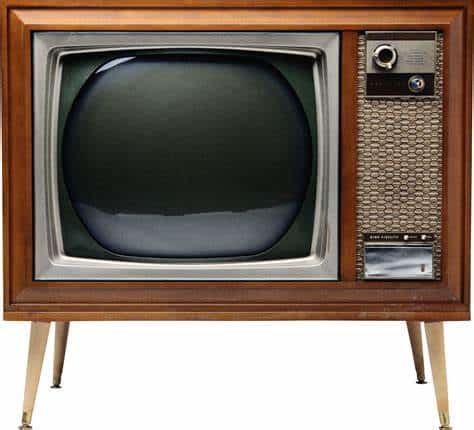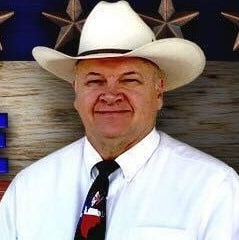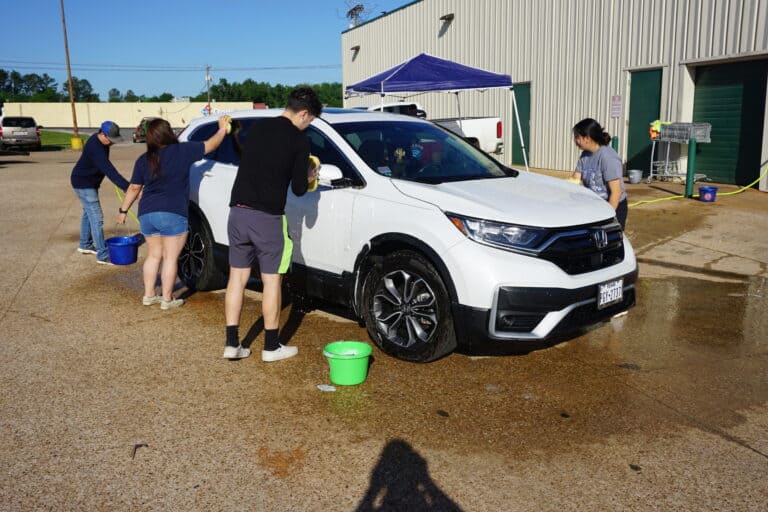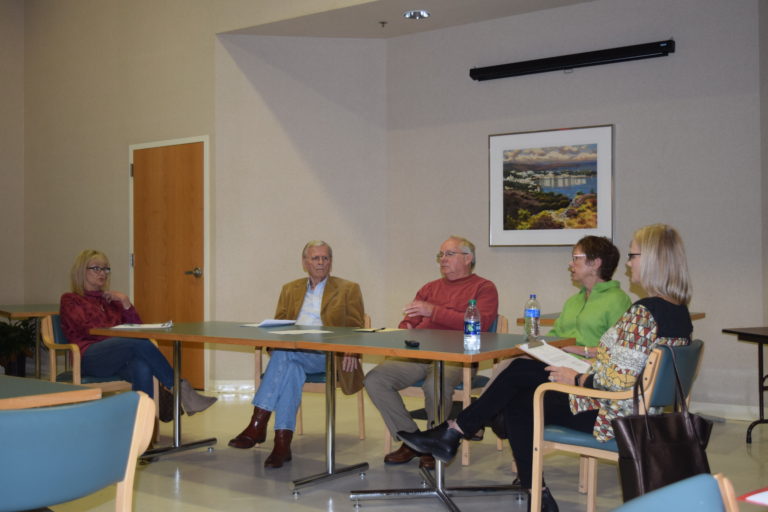Life in Crockett, TX – B.C.: Before Cable

By Jerry Wayne Davis
Special to The Messenger
EAST TEXAS – Life in Crockett, TX – BC is not 2,000 years ago. It is life Before Cable television. Although cable television was created in 1948, most did not know it existed. Even in 2006, only 58% had cable television. In the 1950’s, the networks were NBC, ABC and CBS, each with about 120 programs.
My exposure to black and white television was in the 1950’s, when we visited Dan and Opal Marshall, my aunt and uncle, in Houston. On Friday nights, we watched wrestling on their 15-inch screen. This was long before we knew that wrestling was scripted. We wanted Ricky Starr to win. Yes, you could not tell me that it was not realistic when they got out of the ring and into the audience and hit each other on the head with chairs and the blood flowed. Often Ricky Starr would win the first round, Duke Keomuka, a Japanese wrestler, would put the sleep hold on Ricky and win the second round and then Ricky would win the third round.
Later, our next-door neighbor Jack Allee and store owned on Highway 19, got a television. On Saturday morning, I went next door and watched television with his stepson, Ray Turner. We watched Roy Rogers, Sky King, Fury, Lassie, Captain Kangaroo, the Lone Ranger and a few cartoons that were simple compared to today’s technology. Our heroes shot the guns out of the bad guy’s hands.
I was in Junior High when my Dad, Captain Sam Davis, with the Texas National Guard, bought a black and white TV from Ball Record Shop. The Sylvania TV had a halo ring around the screen that was supposed to reduce eye strain. When the television broke, Mr. Ball came to the house to repair it. Before our TV, the weeks I was home from school and in bed with measles, chicken pox, mumps, and whooping cough, I listened to stories on the radio. These were Roy Rogers, the Lone Ranger and Fibber McGee and Molly.
Our television had rabbit ear antennae and they worked best for people in the city near a station. There was tweaking and twisting the rabbit ears to pick up a better signal. Much of the reception was not clear and had bouncing white spots called “snow”. Later, we replaced the rabbit ears with a small antennae on a 10-foot metal pole that stood outside the house. If reception was poor we went out and twisted the antennae in a different direction to improve reception. Later, we got a rotary antennae and put it on top of the house. It was held in place with guy wires. This antennae had a motor that controlled and rotated it from inside the house.
Most of the time we could pick up KTRE Channel 9 in Lufkin, Texas. By having only Channel 9, we had all of the programs memorized and knew the day and times they came on. On cloudy nights, we could pick up poor quality pictures from Channel 13 in Houston. After school, there was “Roy Rogers”, “Our Gang – The Little Rascals”, and The Dick Clark Show.” Nighttime programs included “Gunsmoke”, “Wagon Train”, “Dina Shore Chevy Show”, and the “Jack Benny Program.” Saturday mornings had “Buffalo Bob,” “Howdy Doody”, “The Gumby” and others. Some of these shows are on Antennae TV. Watching and renewing memories of a simpler time can be mentally comforting.
During those years, broadcasting was limited to a few hours a day. Programs were not 24/7. If we got up and turned the TV on too early, all we saw was a test pattern. It would seem like forever before the programming started. We had nine months of new programs and three months of summer reruns. And now, it is reversed with reruns most of the year. Today, by the time children are 18, they have watched 200,000 hours of violence and killing. Even with over 200 channels and 817,000 individual television programs available, it can be difficult for discerning minds to find programs worth watching.

Everyone has a story about Crockett B.C., but there are a few common threads most can relate to. We survived life in Crockett before television and before cable. Before television, we spent our non-school days playing outside and sometimes until it was so dark our mothers called us in. We rode bicycles, played marbles, flies and skinners, jaxs, red rover, kick the can, hide and seek, washers, hop-scotch, mumble peg, fished for crawdads and played traditional games and many others we made up. These are not being taught today, and will likely die with us.
There was a mix of kids of different ages and sizes in the neighborhood. For some games, we agreed to special rules to make things more equal and fair. We learned social skills, leadership, cooperation, negotiation and creativity. In choosing “sides,” we often used the “one potato, two potato, three potato, four” series until all of the outstretched fists were counted out and the one selected remained. We also used “think of a number between one and ten”.
This is not nostalgic reminiscing, but documenting life and people living in a place in time, and conditions in history. This will never be repeated from the alpha to the omega, from the beginning to the end. With our experiences, we developed physically, mentally, emotionally and creatively. We are today’s leaders who teach and manage local, state and Federal governments, business owners, employees and we worked jobs that kept our society, city, state and nation functioning. We will never go back to life in Crockett, Texas, B.C. Only those that lived at that time will remember, what in our memories, seemed to be happier, safer, innocent and simpler times that helped us become who we are today.
Greg Ritchie can be reached at [email protected]






